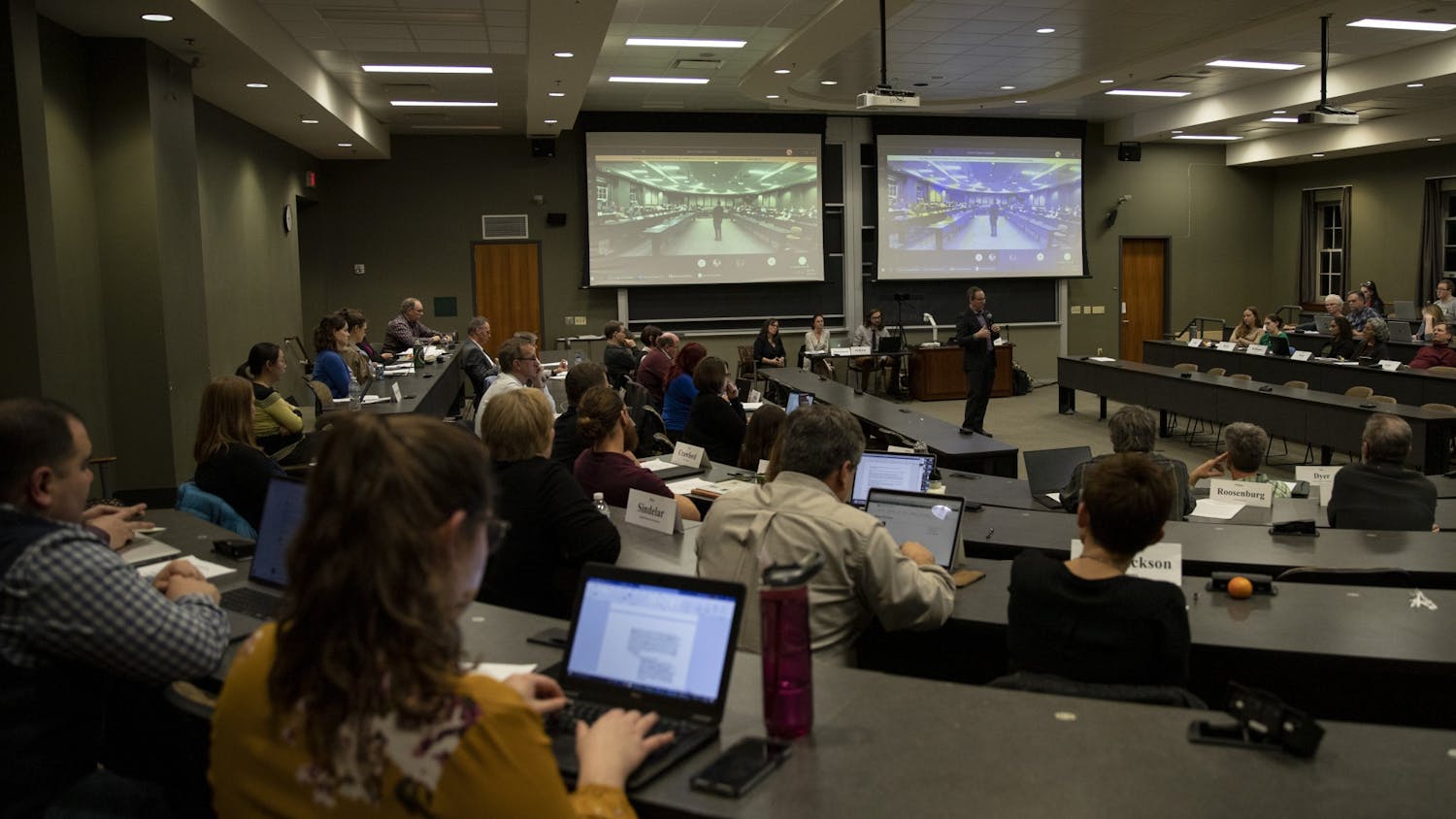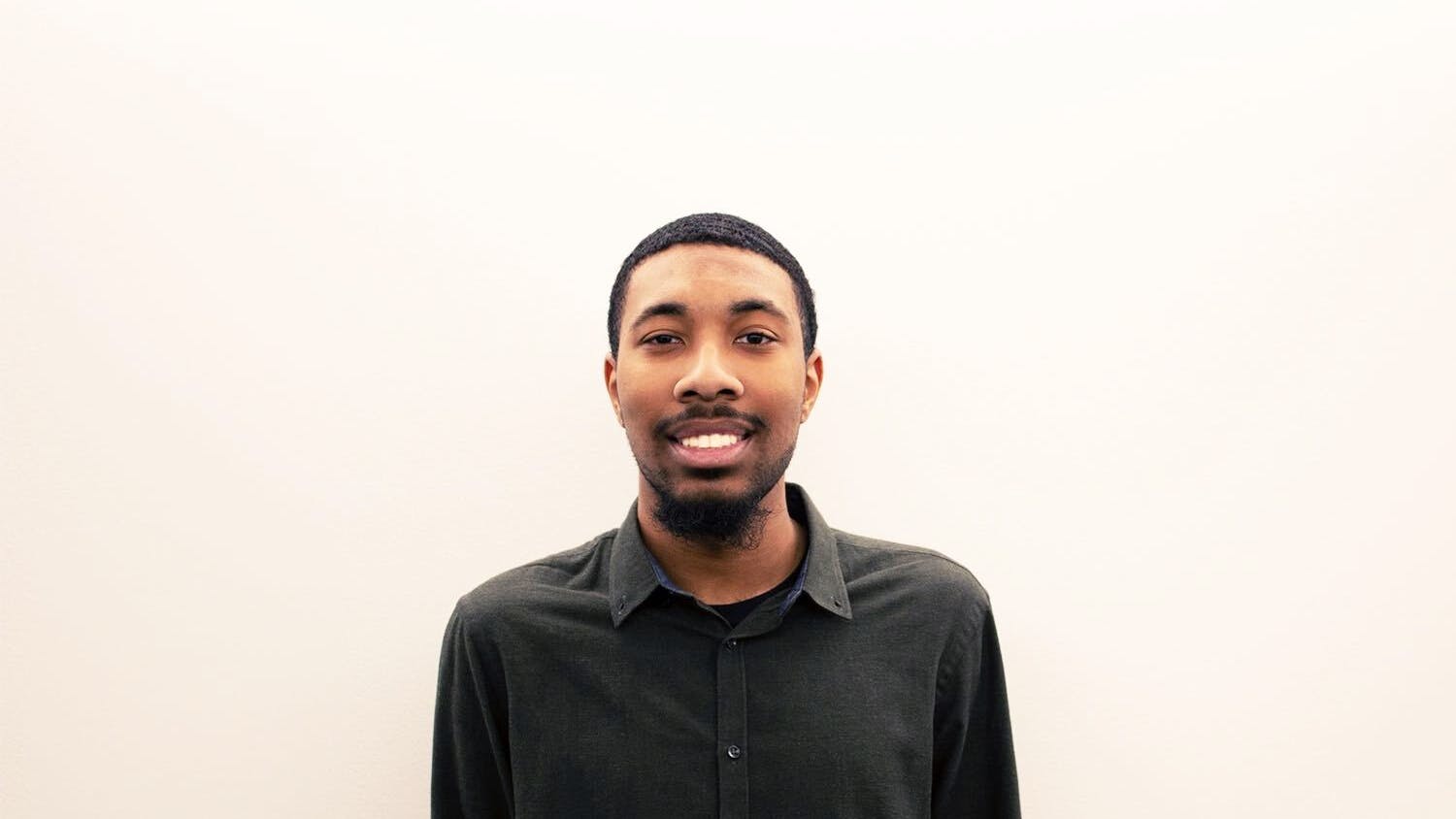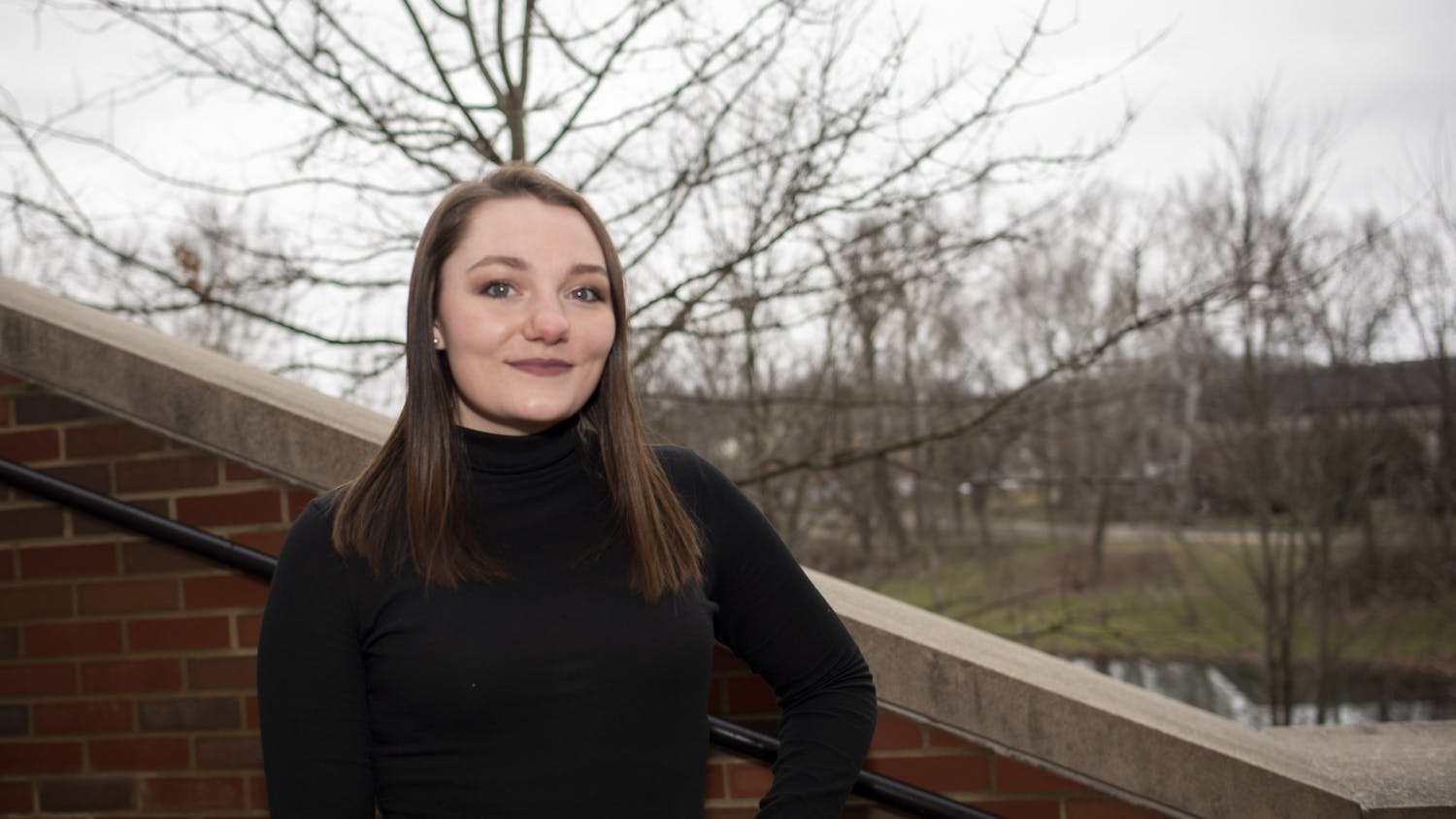Athens Black Contemporary Dancers, or ABCD, were recently seen performing at Shirley Wimmer Dance Theater in Putnam Hall last Thursday and Friday, partnering with The Movement Organization to put on a showcase of dancers from both organizations.
After the organization’s enrollment dropped due to the COVID-19 pandemic, ABCD is now growing and thriving again, providing a safe space for students of all backgrounds to come dance and learn.
“I definitely think it's the culture of ABCD and how we invite everyone, welcome everyone to participate, whether they know a lot and they've been dancing their whole life or they know very minimal and they're wanting to learn something or try something new,” Ania Fuller, a senior studying dance performance and choreography as well as the president of ABCD, said.
ABCD focuses heavily on not just choreographing dances, but also on teaching its members how to take care of their bodies.
“We do a lot of teaching, so we'll do like ways to keep your body healthy, different eating habits you can do to increase your stamina, productivity, stress relief and things like that,” Fuller said.
Alexis Fuqua, a sophomore studying dance as well as the social media chair for ABCD, says that the organization also is a way for students to not feel like they’re being graded, especially for dance majors.
“I would say it's a way to dance, but not for a grade,” Fuqua said. “I feel like dancing in college takes away the joy of dancing sometimes because you're always trying to dance for somebody else, and ABCD is a way for us to dance for ourselves.”

It also provides an opportunity for dance majors to experience other styles of choreography and movement, integrating technique into the learning process as well.
“It also gives us a chance to do different styles that we don't do in class because we study modern ballet, African,” Makayla Moore, a sophomore studying dance and the vice president of ABCD, said. “We don't get to do jazz, hip-hop, lyrical, we don't get to do all that all the time. That's also another way for us to still keep up with other dance styles that we're not currently studying at the moment.”
Students don’t have to have any prior dance training to join, and are free to express themselves creatively during times of stress in college.
“Even if they lost their passion for dance or movement and disconnected from it for a while and now they're coming back, all of those are very important, and we need that,” Fuller said.
Fuqua and Moore also say the creative process is what they, and other members, enjoy the most about being in ABCD.
“It's the process of making because we’ve all gotten closer through ABCD, so just us goofing around in rehearsal and then getting back on task and then being able to make all the dances and yet still have fun and just get to know each other more,” Fuqua said. “That's probably my favorite part of being a part of ABCD.”
Moore also says the process of making new choreography is another way for black students to express themselves unapologetically through an art form.
“ABCD really is the outlet to embrace what we have creatively as both performers and choreographers in the making, really giving us a chance to show what we have and also bring light to dance in the Black community,” Moore said. “You don't see it so often, especially at PWI’s, so it's really a space for us to be us unapologetically.”
A unique element of ABCD is their emphasis on inclusivity and equal opportunity, not enacting a power structure within their organization.
“It’s very collaborative,” Moore said. “There’s not really one person saying, ‘Oh, I'm in charge, you have to do what I say.’ It's very open and saying, ‘How do you all feel about this? Do you feel like it should be changed? Do you have any other suggestions for a certain part?’ There's no hierarchy of ‘I'm here, you're here. You need to listen to me.’”
While ABCD doesn’t have any events planned for the end of the fall, they are preparing to perform during the Martin Luther King Jr. brunch next spring.
“It's really beautiful to see other people learn how to express their creativity through movement and how to articulate that in order to get to their end goal,” Fuller said.






